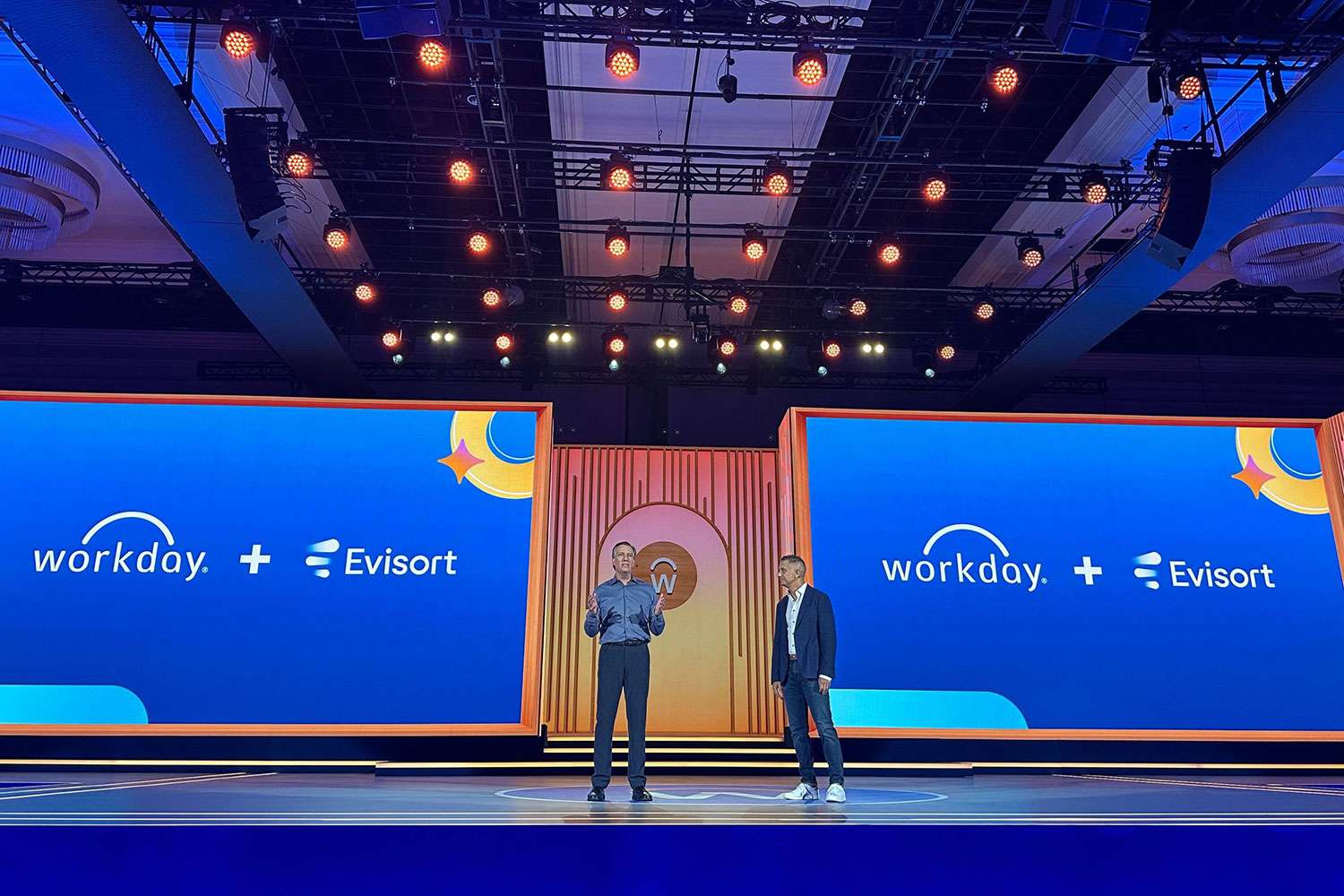3 Things You Need to know About Integrations In Workday Phase X

Integrations tend the be the hardworking, unsung hero of any Workday subscription. When they’re working as intended, you don’t even notice them; data just populates where it should, and everything keeps humming along. But integrations should really get a little more TLC. There are typically three times when a Workday integration will require proactive attention:
1. You Are Deploying Workday for the First Time
This will require extensive project work, configuration, and testing to ensure set up is done correctly and everything is firing as it should.
2. Another Technology is Purchased
The selection and decision may have been made outside of your department, but the building, testing, and deploying of the integration will impact your Workday subscription so you will want to stay close to this integration management.
3. Scoping Workday Phase X Projects
Integrations might not have been top of mind as you scoped the needs and timing of Phase X work, but including integrations evaluations with your Phase X partners ensures you are being set up for success.
Often integrations are “nuts and bolts” and aren’t prioritized as critical parts of your Workday roadmap. But integrations are actually a crucial part of any Phase X project; after all, no doubt an important reason you selected Workday was to automate many of your manual tasks and processes. As your tech stack grows, so do the needed integrations with Workday. Some of these are standard – these are called “connector” integrations and there are a wide variety of Workday services partners that can set them up and fix them in the event of a break. Examples of these are ACH integrations, retirement savings integrations, and many benefits administration integrations. “Studio” integrations are completely custom (which often means complicated) integrations. These are the ones that require many hours of custom coding, and the only the sky is the limit as far as configurations are concerned.
Two important considerations when thinking of Phase X is scale and architecture – how do the project choices we make today impact our day-to-day, and the day-to-day of our internal customers and partners? Integrations are important for the same reasons. Lots of little integrations can add up quickly, and between your tech stack growing and department turnover, you could be left with a rat’s nest of integrations where a change to one could have negative downstream impacts to other functions. Any Phase X partner you consider should be well versed in untangling and evaluating an integration landscape. You’ll also want to evaluate a Phase X partner’s studio integration experience; these customized integrations have been built to reflect your strategic business goals and needs. Partnering with someone who does not understand them beyond a functional build can provide a short-term solution but a long-term challenge. Any break in a studio integration can be costly and time consuming to the client.
ERPA is Here to Help
Interested in learning about ERPA’s Phase X options and integrations knowledge? Contact us today; we’d love to speak with you.































